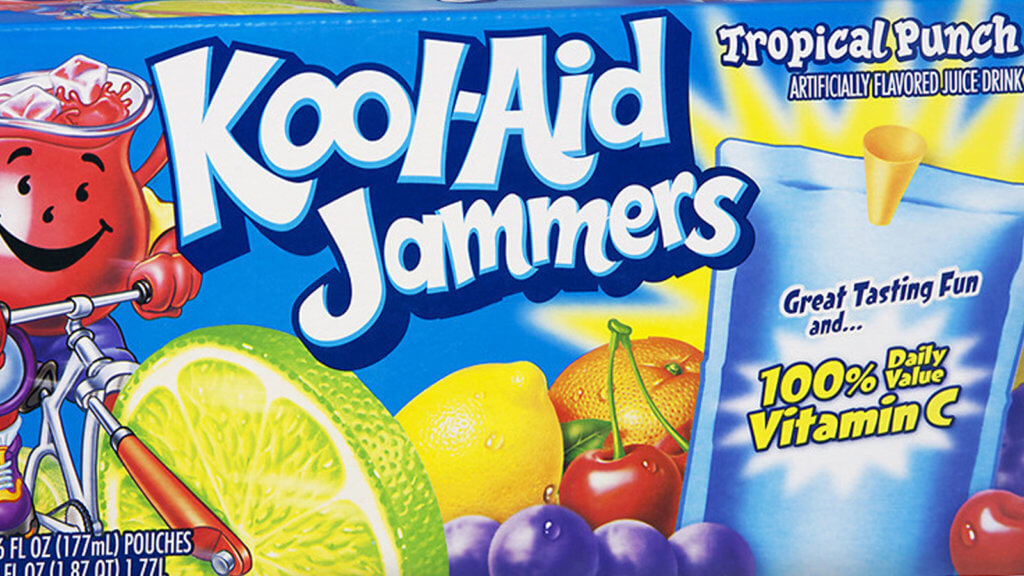Researchers at the Philip R. Lee Institute for Health Policy Studies drew on documents from the Industry Documents Library in a new BMJ study which illustrates the ways tobacco companies applied their marketing strategies to sell sugar-sweetened beverages to children. The study, recently featured in the New York Times, describes how RJ Reynolds and Philip Morris acquired food and beverage companies in the 1960s and used cartoon characters, flavors, and colors – marketing strategies originally developed to sell cigarettes – to promote products like Hawaiian Punch, Kool-Aid, Capri Sun, and Tang as kids’ drinks.
Authors Kim Nguyen, Laura Schmidt, Stan Glantz, and Casey Palmer relied on documents in the UCSF Industry Documents Library’s Truth Tobacco Industry Documents collection to analyze tobacco marketing strategies and to trace the links between Joe Camel and the Hawaiian Punch mascot “Punchy”, and between the Marlboro Man and the Kool-Aid Man.
The Truth Tobacco Industry Documents collection was founded in 2002 and contains more than 14 million documents, which are cross-searchable with the Industry Documents Library’s other collections on drugs, chemicals, and food. The documents have been cited in over 1,000 publications and are used by scientists, policymakers, journalists and community members in their efforts to improve public health.

